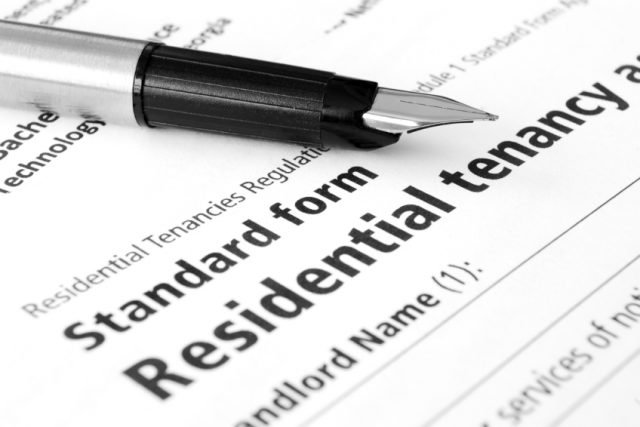Scottish Budget brings more charge for landlords
Scotland’s Finance Secretary John Swinney has revealed today that there will be an additional charge for people purchasing second homes and buy-to-let properties.
In his budget, Mr Swinney followed Chancellor Osborne’s move in this year’s Autumn Statement, by announcing an additional supplement of 3% on the purchase price of a home. This will be on top of the existing Land and Buildings Transaction Tax.
Changes
The Land and Buildings Transaction Tax (LBTT) replaced UK stamp duty in April of this year. This new system has raised £218m in its first seven months and uses a graduated tax rate, in the same way as income tax is calculated.
Under the current LBBT, properties bought for up to £145,000 do not incur any tax payments. For sales between 145,000 and £250,000, a tax rate of 2% in incurred, with a 5% rate for properties valued between £250,001 and £325,000.
For transactions between £325,001 and £750,000, the marginal rate is 10%, with a top rate of 12% applicable to all of those above £750,000.
In the address, Swinney also said that the rates for residential, non-residential and lease transactions will be the same next year. In addition, he said that he would bring forward legislation on the second home charge as soon as possible, to become effective from April 2016.
Second-home issue
Mr Swinney said to MPs that he is, ‘conscious of the issue of second homes.’ He went on to say that, ‘we need to ensure that the opportunities for first-time buyers to enter the market in Scotland are as strong as they possibly can be and we need to make certain that tax changes elsewhere in the United Kingdom do not make it harder for people to get on the property ladder.’[1]
‘This is why I today announce my intention to introduce a supplement to LBTT for those purchasing and additional home for £40,000 or more. Such properties will be subject to a supplement of 3% of the total purchase price, payable in addition to the existing LBTT charge,’ he continued.[1]

Scottish Budget brings more charge for landlords
John Blackwood, chief executive of the Scottish Association of Landlords also commented that, ‘landlords will be disappointed and frustrated by the decision by the finance secretary this afternoon to copy the policy of the Conservative Party at Westminster and punish those who choose to invest in the private rented Scotland. The supplementary tax on the purchase of second homes will have a huge impact on the buy-to-let market and exacerbate an already serious shortage of properties in many areas.’[1]
‘We firmly believe that the biggest losers from today’s statement will be tenants who will now find it even harder to get the accommodation they want at a price they can afford,’ he added.[1]
Investment
Chartered Institute of Housing Scotland policy and practice officer Ashley Campbell said, ‘we welcome proposals to increase land and buildings transaction tax for second homes and buy-to-let properties but would like to see more details of where the additional revenue raised will be invested.’[1]
Campbell went on to say that, ‘our preference would be for these funds to be re-invested towards increasing housing supply.’[6]
[1] http://www.bbc.co.uk/news/uk-scotland-scotland-politics-35113952






